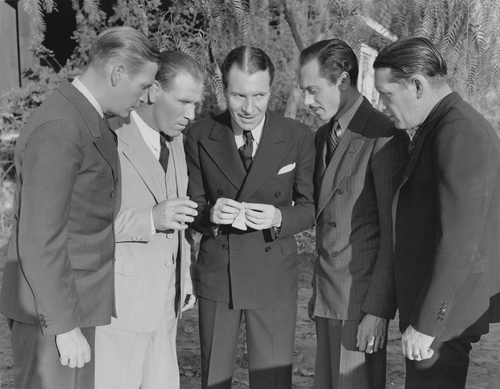A recent report by Richardson highlighted some of the biggest sales challenges of 2015. The report was based on data survey from 372 sales 75% of which were B2B sales people. The report focused on the challenges sales people face in prospecting, closing deals, and account management.
 A look at the top challenges that were listed by the sales respondents is quite telling. The sales people who took place in the study responded to the various questions as follows:
A look at the top challenges that were listed by the sales respondents is quite telling. The sales people who took place in the study responded to the various questions as follows:
What are the biggest prospecting challenges in 2015?
- 59% stated “gaining appointments”
- 23% stated “identifying triggers/sales signals that indicate issues you can resolve”
- 45% stated “creating a targeted prospecting strategy”
What are the biggest challenges in uncovering and exploring clients’ needs?
- 37% stated “uncovering complete information regarding the decision making process”
- 4% stated “creating value and insight during the conversation with the client”
- 80% stated “exploring clients issues and challenges to define the strategic impact of your solution.”
While sales people look at these challenges as their biggest obstacles, it also shows that sales organizations have yet to understand the new role of marketing in today’s Buyer 2.0 modern buying process. Numerous studies have shown that today’s B2B buying process is somewhere between 50-70% complete before a buyer initiates contact with a vendor or sales rep from the vendor. So it is no wonder why sales is having challenges, they have yet to adapt to the new buyer-centric world.
When you consider the identification of triggers, creating a prospecting strategy, uncovering the decision making process, creating value and understanding client issues, this is no longer the job of sales. This role now belongs to marketing who needs to understand all of these factors about their buyers in order to develop their content architecture which will fuel their demand generation.
There is also an alternative view of looking at the responses of this study and that is that many B2B marketing teams have yet to fill the gap that currently exists, thus making sales feel as though they need to drive their own demand. In many organizations, this is still the case. I had a call this week with one company who stated they were looking to buy marketing automation so they could send more email to their clients in hopes of increasing sales. This approach is short-sighted and does nothing to collect the buyer insights that are necessary to drive better overall buyer engagement and deliver highly qualified leads to sales.
Whether it is sales not adapting the new buyer-driven world in which we live, or marketing lagging behind in developing buyer-centric demand generation, it is clear that the challenges of B2B sales organizations need to be addressed as many of the top challenges listed require marketing leadership.
This article was syndicated from Business 2 Community: What B2B Sales Does Not Get That B2B Marketing Does, Or Do They?
More Sales & Marketing articles from Business 2 Community:




